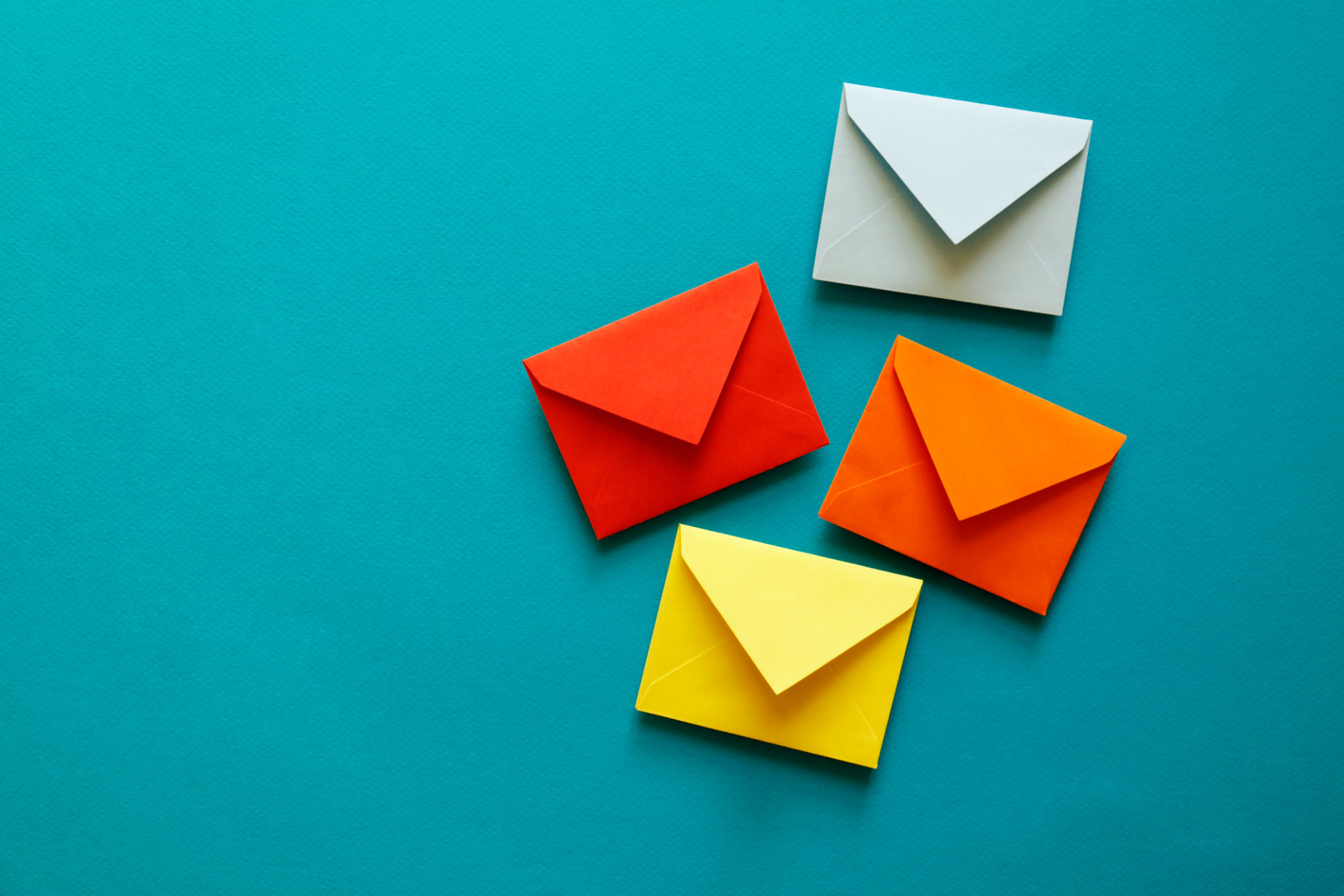A Step-by-Step Guide to Designing Marketing Collateral for Local Events
GS
Understanding the Importance of Marketing Collateral
Marketing collateral plays a crucial role in promoting local events. It serves as the physical or digital representation of your event's branding and messaging, helping to attract attendees and sponsors. Whether it's a flyer, brochure, or digital ad, effective marketing collateral can make a significant impact on the success of your event.
Creating well-designed marketing materials requires a strategic approach and an understanding of your target audience. By tailoring your collateral to the preferences and needs of your audience, you can enhance engagement and drive attendance.

Identifying Your Objectives and Audience
Before designing any marketing collateral, it's essential to identify your objectives. What do you want to achieve with your materials? Whether it's increasing attendance, generating leads, or enhancing brand awareness, having clear goals will guide your design process.
Equally important is understanding your audience. Consider demographics such as age, interests, and location. This information will help you create materials that resonate with potential attendees and encourage them to participate in your event.
Crafting a Compelling Message
Your marketing collateral should convey a clear and compelling message. Start by highlighting the unique aspects of your event. What makes it special or different from other events? Use persuasive language to capture the attention of your audience.
Incorporate key details such as the event date, location, and any notable speakers or activities. Ensure this information is prominently displayed so that potential attendees can easily grasp the essential details at a glance.

Choosing the Right Design Elements
The design of your marketing collateral should reflect your event's theme and branding. Use colors, fonts, and images that align with your event's identity. Consistency in design elements helps create a cohesive look across all your materials.
Consider the medium you'll be using. For printed materials, ensure high-resolution images and quality printing. For digital collateral, optimize images for web use to ensure fast loading times without compromising visual quality.
Utilizing Visuals Effectively
Visuals are a powerful tool in capturing attention and conveying information quickly. Use high-quality images that are relevant to your event and appeal to your target audience. Infographics can be particularly effective in presenting complex information in an easily digestible format.
Consider incorporating dynamic elements such as QR codes that link to event registration pages or social media profiles. This interactive approach can enhance engagement and provide additional information about your event.

Incorporating a Call to Action
A strong call to action (CTA) is essential for encouraging potential attendees to take the next step. Whether it's registering for the event, visiting the website, or following social media channels, make sure your CTA is clear and easy to follow.
Position your CTA prominently within your design and use persuasive language to motivate action. Phrases like "Register Now" or "Join Us" can create a sense of urgency and prompt immediate responses.
Reviewing and Testing Your Collateral
Before finalizing your marketing materials, conduct a thorough review to ensure accuracy and consistency. Check for any spelling or grammatical errors and confirm that all contact information is correct.
If possible, test your materials with a small focus group from your target audience. Gather feedback on design elements, messaging clarity, and overall appeal. Use this feedback to make any necessary adjustments before distribution.

Distributing Your Marketing Collateral
Once your materials are finalized, it's time to distribute them effectively. Utilize both online and offline channels to maximize reach. Share digital collateral on social media platforms, email newsletters, and event websites.
For physical collateral, consider placing flyers or brochures in locations frequented by your target audience, such as community centers or local businesses. Partnering with local organizations can also expand your distribution network.
